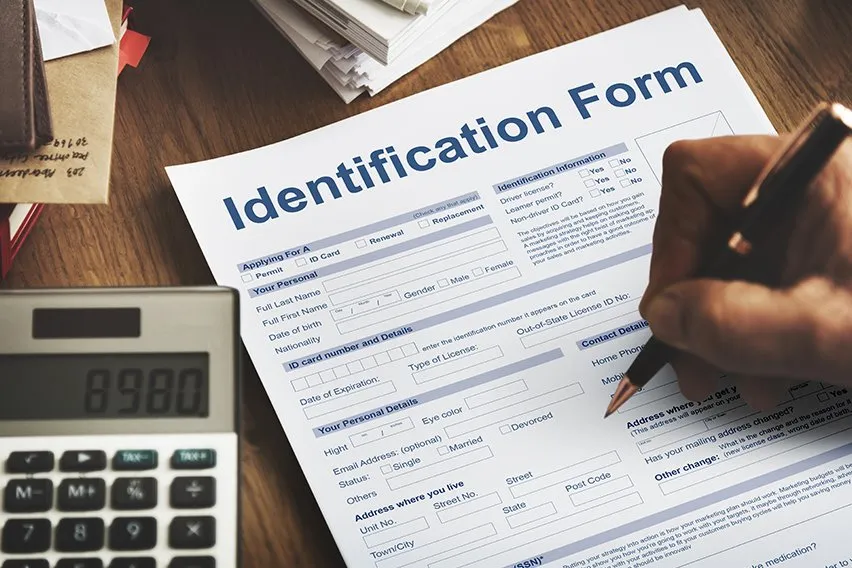How to Correct Accounting Errors—and 7 of the Most Common Types

Adding a journal entry may be enough to correct an accounting error. This type of journal entry is called a “correcting entry.” Correcting entries adjust an accounting period’s retained earnings i.e. your profit minus expenses. Correcting entries are part of the accrual accounting system, which uses double-entry bookkeeping. This means the correcting entry will have both a debit and a credit. Many accounting errors can be identified by checking your trial balance and/or performing reconciliations, such as comparing your accounting records to your bank statement.

How Do You Correct Accounting Errors?
Often, adding a journal entry (known as a “correcting entry”) will fix an accounting error. The journal entry adjusts the retained earnings (profit minus expenses) for a certain accounting period. To ensure accuracy, it’s essential to calculate retained earnings properly, as it directly impacts the financial statements. Correcting entries are part of the accrual accounting system, which uses double-entry bookkeeping.
- For example, $1000 worth of salaries payable wasn’t recorded (an error of omission). To make the correction, a journal entry of $1000 must be added under “salary expense” (debit) and $1000 added as “salary payable” (credit).
Errors from the previous year can affect your current books. The way around this is to add backdated correcting entries.
- For example, the mistake in the previous example was made in 2017. To make the correction, add the $1000 debit and credit dated December 31, 2017.
That said, the first step in correcting accounting errors is to identify those errors.
Reviewing the Trial Balance
Reviewing your trial balance (via your accounting software) is one way to find different types of errors. Though not all errors will affect the trial balance, so it’s not a foolproof way to catch mistakes.
A trial balance is the sum of credits and debits for all your business’ accounts. If the sum of all your credits and debits for a given account are the same (i.e. balance) then you’re good to go! If they don’t match, it’s time to start reviewing your entries to see if you’ve made one of the errors listed above.
Reviewing Reconciliations
Reconciliations will also reveal many types of errors. You should perform reconciliations on a monthly and yearly basis, depending on the type of reconciliation. Bank reconciliations can be done at month end while fixed asset reconciliations can be done at year end.
To do a bank reconciliation, you need to first balance your cash account—small businesses typically record payments and receipts in a cash book. The debits and credits should balance. Then compare them to your bank statement.
If your cash account and bank statement are showing different figures, it’s time to check each transaction on both sides. This way, you’ll see whether the bank made a mistake or recorded a transaction in a different month (and different monthly statement) than you did. Or you’ll realize there’s an accounting error on your end.
Routine Checks to Identify Errors
It’s important to establish a routine where you review and carry out reconciliations of your accounting records on a regular basis. That said, accounting errors will still happen no matter how thorough and frequent your reviews. The important thing is to have a system in place to minimize errors and quickly spot and correct any that do happen.

What Are the Common Types of Accounting Errors?
Accounting errors are discrepancies in a company’s financial documents. They are usually made unintentionally (intentional errors can lead to criminal investigation).
Errors can either be small mistakes that don’t affect the overall figures or ones that snowball into greater miscalculations and need more time and resources to identify and repair. Accounting mistakes can keep your small business from running smoothly and hurt growth, so it’s important to learn the common types of accounting errors and how to correct them. For a helpful video on the topic of accounting mistakes, check it out here.
There are seven common types of accounting errors:
1. Subsidiary Entries
Subsidiary entries are transactions entered incorrectly. Usually, this mistake isn’t found until you do your bank reconciliation.
- Example: you loan a client $2500 but enter it as a $25 transaction (and $25 withdrawal from your cash account).
2. Transposition Errors
This mistake happens when two digits are reversed (or “transposed”). The error will show itself as a mistake in data entry when you post a new recording. Though it’s a simple error, it can affect your accounting significantly and result in financial losses—not to mention plenty of time trying to find this tiny error.
- Example: “52” instead of “25.” Or “2643” instead of “2463.”
3. Rounding Errors
Rounding a number off seems like it shouldn’t matter but it can throw off your accounting, resulting in a snowball effect of errors. People can make this mistake, but it can also be a computerized error.
- Example: “3” instead of “2.9” or “65.765” instead of “65.7646.”
4. Entry Reversal
Reversing accounting entries means that an entry is credited instead of being debited, or vice versa. The issue is that you can’t spot this mistake in your trial balance—it will still be in balance regardless.
- Example: a payment for home internet is entered as an invoice by mistake.
5. Error of Omission
This happens when a financial transaction isn’t recorded and so isn’t part of the documentation. Usually the transaction, which could be an expense or sale of a service, is overlooked or forgotten.
- Example: a photographer forgets to enter the $1000 cheque she received from shooting a wedding the previous weekend.
6. Error of Commission
When an amount is entered as the right amount and the right account but the value is wrong, this is an error of commission. This can mean that perhaps a sum is subtracted instead of added.
- Example: a payment is applied to the wrong invoice. The amount owed by the client will be right in the trial balance. But, the client’s subledger (or entry details) will be off.
7. Error of Principle
This is a transaction that doesn’t meet the generally accepted accounting principles (GAAP). It’s also called an “input error” because, though the number is correct, it’s recorded in the wrong account.
- Example: an asset is expensed which causes it to be recorded as a debit, instead of what it should be: an asset.
RELATED ARTICLES


 Single Entry System Accounting: an Introduction
Single Entry System Accounting: an Introduction What Are Accrued Expenses? Definition and Examples
What Are Accrued Expenses? Definition and Examples What Is a Deferral? It’s Expenses Prepaid or Revenue Not yet Earned
What Is a Deferral? It’s Expenses Prepaid or Revenue Not yet Earned Cloud Accounting: What It Is, How It Works And Its Benefits
Cloud Accounting: What It Is, How It Works And Its Benefits How to Make Chart of Accounts: Tips for Small Business
How to Make Chart of Accounts: Tips for Small Business How To Calculate Net Profit Margin: Formula and Example
How To Calculate Net Profit Margin: Formula and Example